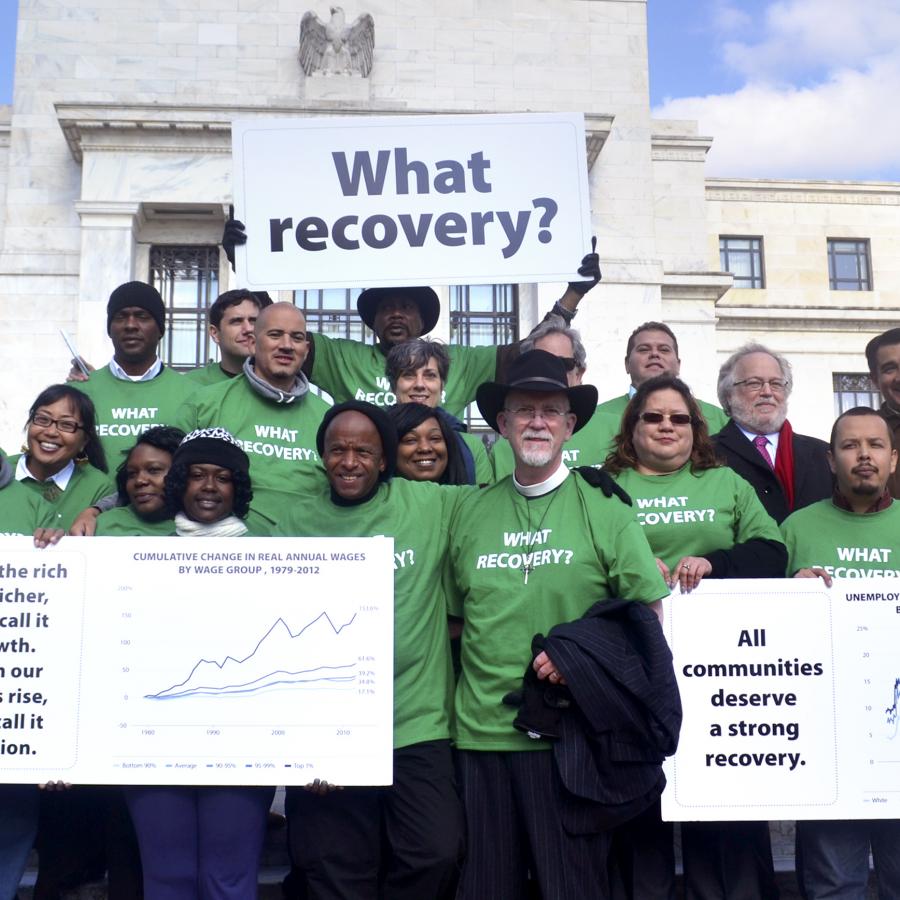Workforce: Advancing racial equity in the workforce is a moral and economic imperative.
Insights & Analyses
- White residents in the US make up 59 percent of residents of prime working age (25-64) but only 52 percent of those ages 18-24 who are just entering the workforce.
- In the US, among residents living below 200 percent of the federal poverty level and between the ages of 18 to 24, over a third are Black or Latinx, US-born.
- Among residents 65 or older in the US, females comprise an equal or larger share than males across all racial/ethnic groups.
- In the US, Latinx immigrants account for about 1 in 10 of the prime working age population while Asian American immigrants account for 1 in 20.
- Among the Latinx population of prime working age in the US, there are about 13 million residents with Mexican ancestry, of which about half are immigrants. Among the Asian American population of prime working age in the US, there are 2 million residents with Indian ancestry, of which 90 percent are immigrants, and 2 million with Chinese ancestry, of which 80 percent are immigrants.
Drivers of Inequity
The US population is increasingly made up of people of color and immigrants, particularly among younger generations. At the same time, the white population is rapidly aging, as baby boomers retire and birth rates continue to decline. These twin forces are widening the demographic gap between the nation’s youngest and oldest residents. As people of color become the majority of the US workforce, racial inequities in the labor market represent a rising liability for the economy as a whole. Today, roughly half of all young people under the age of 25 are people of color, many of whom grow up in historically underresourced neighborhoods without the robust educational systems, digital infrastructure, public transit, and professional networks that help young people access good-paying jobs in stable workplaces and industries. In addition, only 10 percent of wage and salary workers in the US belong to a labor union, leaving hundreds of millions of workers without collective bargaining over wages, benefits, and working conditions.
Strategies
Grow an equitable economy: Policies to reach full employment for all
-
Invest in robust, disaggregated data collection and reporting systems and utilize granular insights on differential outcomes to drive systems change.
-
Grow new good jobs by making smart investments in infrastructure projects, supporting economic development strategies to grow high-opportunity industries, and helping entrepreneurs of color start and scale up their businesses.
-
Reduce employment barriers for people with records by "banning the box" — eliminating questions about conviction history on job applications (for private as well as public employers).
-
Connect unemployed and underemployed workers to the jobs created by new development through targeted local hiring, community workforce agreements, and community benefits agreements.
-
Protect the right of workers to organize labor unions.
-
Promote the development of worker-owned cooperatives.
-
Invest a portion of infrastructure investments in job training.
-
Implement sector-focused workforce training and placement programs and apprenticeships that create pathways to good jobs for workers with barriers to employment.
-
Invest in innovative training and credentialing models that democratize the economic benefits of a bachelor’s degree to a wider swath of the workforce, such as paid-on-the-job training and portable, stackable credentials and microcredentials to facilitate upward career transitions.
-
Enact strong language access policies requiring interpretation and translation services for English-language learners and facilitate naturalization among green card holders.
-
At the federal level, institute a federal jobs guarantee, dedicate 1 percent of infrastructure investments to a fund for inclusive job and contracting supports, set aside a share of public contracts for businesses owned by people of color to mirror area demographics, and ensure that recently incarcerated people receive essential identification documents to support job attainment.
Strategy in Action
SkillSpring helps New York City youth pursue careers in geriatric health care. Run by The New Jewish Home healthcare system, this program annually helps 225 New York City youth from under-resourced schools in the Bronx and Manhattan pursue careers in health care. The program trains high school students to become health-care professionals with a focus on serving older adults. As part of the program, youth work directly with older adults in long-term care through paid internships, mentorship, and clinical training. Youth can earn up to five allied health-care certifications, so they can immediately find work and earn income while in college. Ninety-nine percent of the students in the program graduate high school, and five in six participants have gone on to earn a postsecondary degree. Learn more.
Resources
- Reports: Race and the Work of the Future: Advancing Workforce Equity in the United States; 10 Principles for a Federal Job Guarantee; Exploring Targeted Hire; Understanding Long-Term Employment; The Impact of COVID-19 on Labor Markets and Inequality; The Long History of Discrimination in Job Hiring Assessments; Labor Shortages are the New Normal; The American Workforce: A Snapshot of Race, Ethnicity and Gender; Workers want unions, but the latest data point to obstacles in their path
- Data: Workforce Equity Dashboard; Opportunity Insights Economic Tracker; Metro Monitor 2024; State of Working America; US Bureau of Labor Statistics Data Tools





